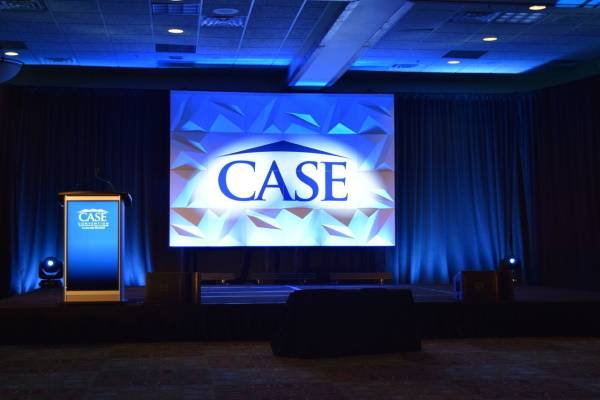Transforming Audience Interaction Through Immersive Virtual Reality Experiences within Real-time Productions
Transforming Audience Interaction Through Immersive Virtual Reality Experiences within Real-time Productions
Blog Article
Within the past years, virtual VR has emerged as potent instrument for boosting viewer engagement in real-time productions. Such innovation allows viewers to submerge oneself in a 3D environment, creating a distinct encounter that traditional formats cannot easily duplicate. Through utilizing VR, creators can move audiences into the core of the action, making them feel as if they are integral of the show. This groundbreaking approach not only captivates viewers but also unlocks new opportunities for narrative and engagement.
One of the primary advantages of using VR in live productions is the ability to forge a greater engaging encounter. Viewers can engage with the performance in real-time, influencing the result or exploring different viewpoints. For instance, in a stage production, viewers wearing VR goggles can choose to follow particular roles or segments, enabling them to tailor their experience. This level of interactivity cultivates a more profound bond between the audience and the show, making it more memorable and impactful.
Moreover, VR tools can improve the visual and sound elements of a live production. With high-quality graphics and audio engineering, creators can build breathtaking settings that attract audiences in. This immersive quality can elevate the overall experience, making it more engaging and enjoyable. For instance, a concert can be converted into a rich experience, where audience members experience as if they are standing in front with the performers. Such improvements not just attract larger viewers but also promote return viewing, as audiences look to re-experience the thrill.
Alongside enhancing audience involvement, VR can also offer insightful data for creators. By examining how viewers engage with the digital setting, producers discover this can gather data on audience preferences and actions. This data can guide upcoming productions, helping to tailor content to better meet the demands and desires of the viewers. As a result, VR not just enhances the present experience but also adds to the evolution of real-time performances as a whole.
As the technology continues to advance, the potential for VR in live productions is vast. Ranging from stage shows and musical events to sports events and festivals, the possibilities are limitless. Through adopting this cutting-edge method, producers can revolutionize the way audiences experience real-time performances. With an increasing number of producers explore the integration of VR, it is likely that we will see a change in how shows are crafted and presented, eventually leading to a more engaging and interactive prospect for real-time performances.